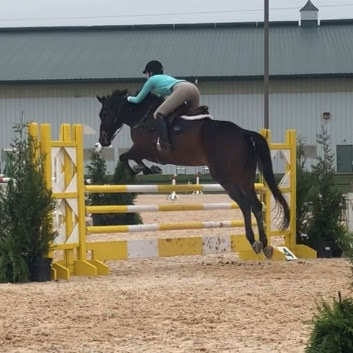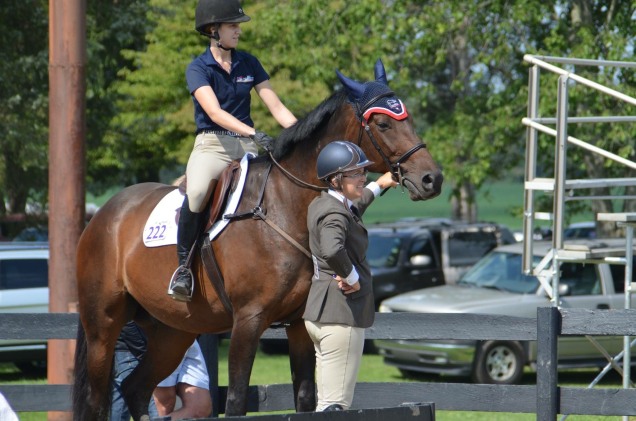So we just did a breakdown of how much we spend on horse shows, and now I’m on a kick. So I’ll talk a little bit about what else I spend my money on when it comes to Francis- specifically, how we ramped him up for this show season.
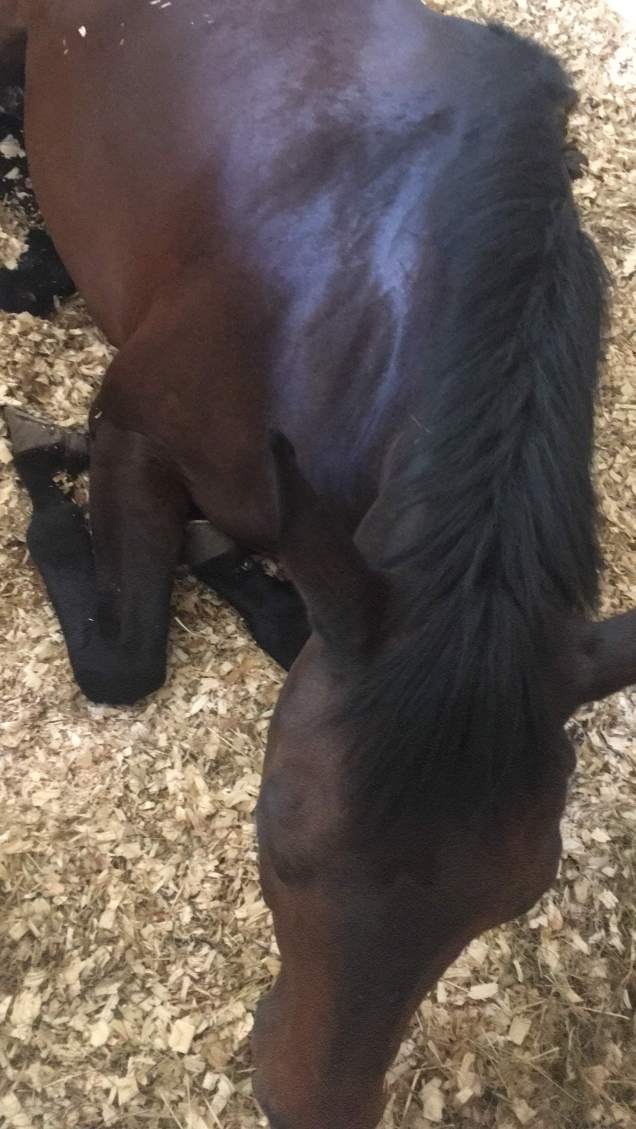
You’ve heard me talk ad nauseam about how fantastically incredibly amazing Francis is- and I ain’t sorry. He deserves the hype. Those of you who have met him and seen him in real life can attest that he’s a straight up awesome dude.
I think we’ve progressed quite steadily since I brought him home a little over two years ago. We’ve both built knowledge, we’ve both built fitness, and we’ve really developed a wonderful partnership that I’m very proud of. But the rate of improvement has vastly accelerated over the last few months. When I say that I didn’t have this horse under me three months ago, I mean it. It’s an incredible transformation.
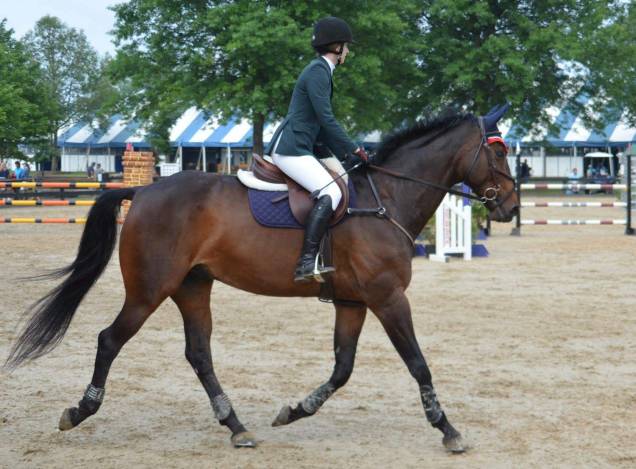
But it is not a surprising transformation. It has been a very deliberate, careful process.
First off we did some stuff to ensure his comfort- SI injection, hock injections, chiropractor, massage, shimming our half pad to get his saddle to sit better, etc. This is more than we’ve done in the past, but I think it’s appropriately commensurate with his workload and age. All things considered, he’s fairly low-maintenance (especially for a Shmancy Show Horse). I’d say we probably spent an extra $1500 this year on this type of stuff over last year.
So that was the base we needed to establish in order to push harder. We got his body feeling loose and happy and comfortable before we started asking him to work more.

Because the real transformation came from more professional attention. Simple as that. Two training rides per week to teach Frankie how to use his body more actively and more correctly, and a full hour private lesson with me every week to teach me how to reinforce and correctly ask for that level of work. Over the past few months, I’d say we spent an extra $500-1000 or so on this over the same period last year.
I know there’s a range of opinions on training rides, but I couldn’t be more thrilled with how they’ve been working for us. Trainer and AT have built these rides to be part of a cohesive program- the skills that AT works on with Frankie are the same skills that Trainer works with me on in my lessons. We have frequent discussions on what/how they’re working on things so that I can continue that work on my own time. It’s very much a team effort to be consistent and fair with what we’re asking of Frankie.
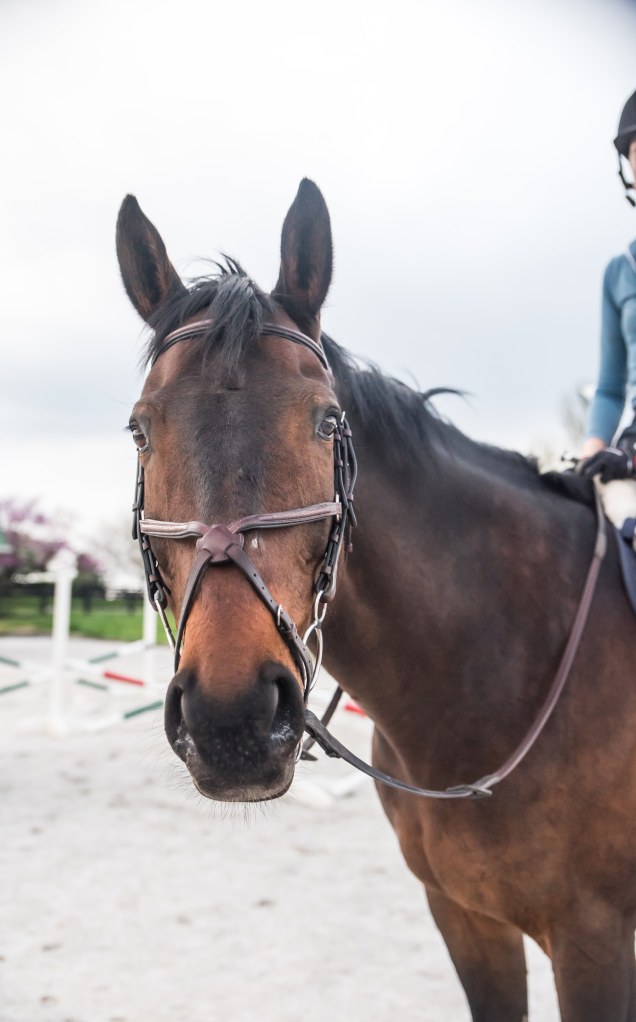
And it’s really really working. You should’ve seen our first private lesson when we kicked this phase of our program off. Trainer ended up having to get on to show me that yes, actually, Frankie is capable of this, he’s just not convinced that I mean it. We didn’t even jump because I was just trying to get a certain level of flatwork out of him. It took a solid 45 minutes to get a few moments of that correctness so we could end on a good note.
Nowadays when I hop on he immediately set off to work. It doesn’t take 45 minutes- he is right there offering it up as soon as I ask. He knows I mean it now. I’m having to get more and more creative with my rides. He answers every question I ask promptly and obediently, so I’m having to come up with new, harder questions. I am the limiting factor in this equation now.
So it’s a lot of work, and a lot of luck, and a lot of patience, but at the end of the day we accelerated our improvement by throwing more money at it. It’s not romantic and it doesn’t make for a good Lifetime movie. But hey- it works.

